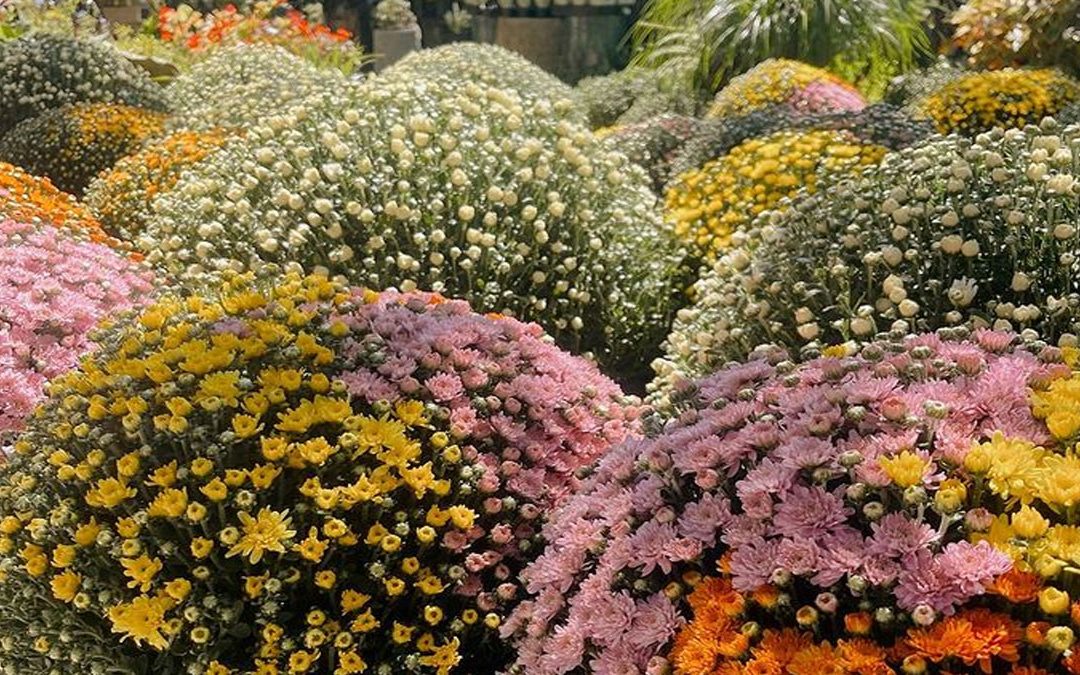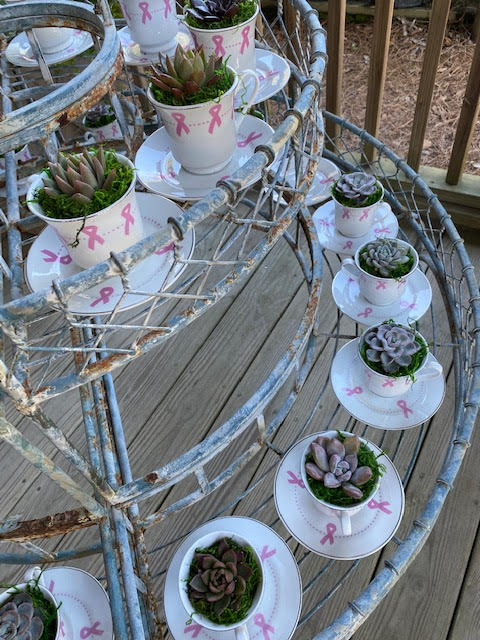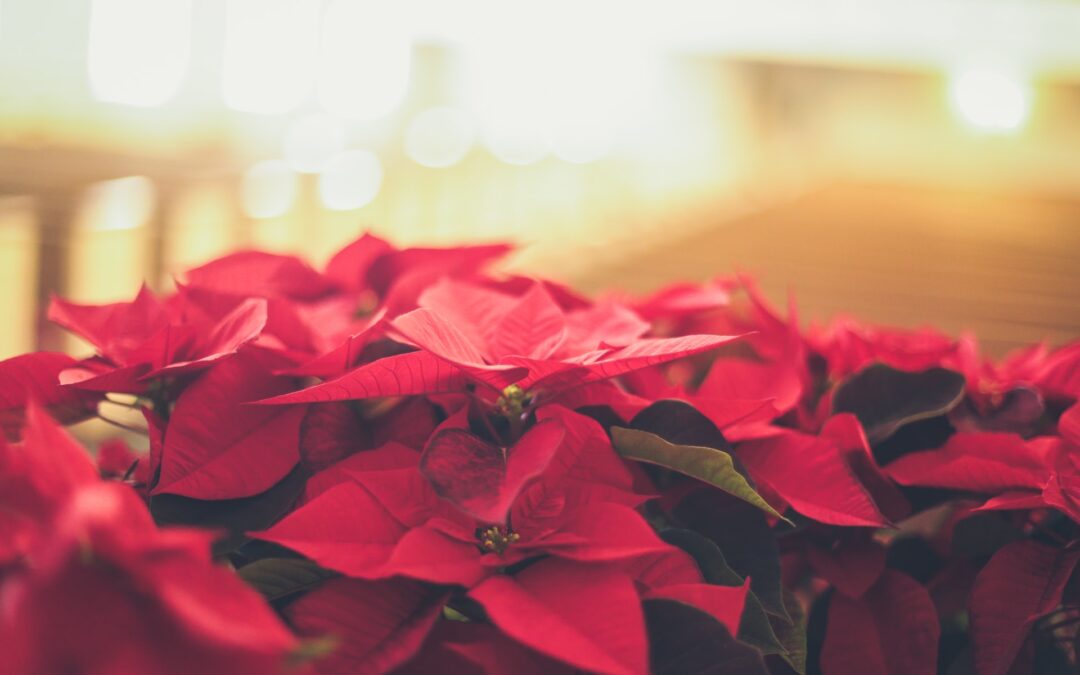
How to Care for Your Mums
How to Care for Your Mums
Fun Fact
Chrysanthemum – or “mums” – come in a wide range of varieties but all originated from the same parent flower in China. Nowadays they can all be categorized into two types of mums: florist and garden. Florist mums are grown in greenhouses and used for cutting – as the name implies – by florists. These are the ones you can buy at the store for bouquets and indoor plants. Garden mums, on the other hand, are the hardier of the two. These can can survive winters by producing underground stolens and thrive as perennials.
Location
When adding mums to your garden, find a spot that gets about six hours of sun a day. While mums do love the full sun, that heat means they will need plenty of water – especially if you live in an area with warm autumns. Both florist and garden mums also make great potted plants, either alone or with other autumn blooms. Their variety of colors make for rich floral combinations!
Water
Watering your chrysanthemums once a day or every other day is sufficient unless they are located in a very hot and sunny location. Do not pour water through the dense blooms, it’s better to water the soil at the base directly. When repotting, it’s a good idea to soak the soil in the new pot completely. If the soil gets dry or they start to wilt, don’t worry, mums are hardy plants and revive well after watering again.
Temperature
Mums are some of the most well-known heralds of autumn. These flowers bloom practically everywhere once the summer blossoms start to fade away making them fall favorites. Mums are hardy blossoms that can withstand colder temperatures – down to 20° Fahrenheit – but prefer the 60-70° Fahrenheit range. They don’t do well in hotter summer temperatures though – anything over 90° Fahrenheit.
Soil/Fertilizer
Mums grow well in both potting soil and soilless mixtures. The flower’s soil should be moist, not dry, and well-drained. If the soil isn’t draining properly, you can add compost. Soilless misxtured should provide good drainage, such as one made from peat moss, perlite, and coarse builder’s sand. If you’re planting them in your garden, plant the mums in raised beds with a well-draining garden soil mix.
Pests
Due to their pungent scent, mums are not particularly tasty to deer and the usual rodent pests. They are actually good at keeping animals out of your garden. While, mums produce the natural compound pyrethrin which keeps many insects away, there are some bugs you should watch for: aphids, mites, and leaf miner larva. To help prevent pests, you should be careful not to wet the leaves while watering and weed your garden regularly. If the mums are indoors, make sure the air isn’t too dry or too cool.
Contact Us
address
4808 East Scenic Hwy 30A
Seagrove Beach, FL. 32459 (google map)
phone: 850.231.2150
hours: 9-5 Monday thru Saturday | Sun. 12-5




